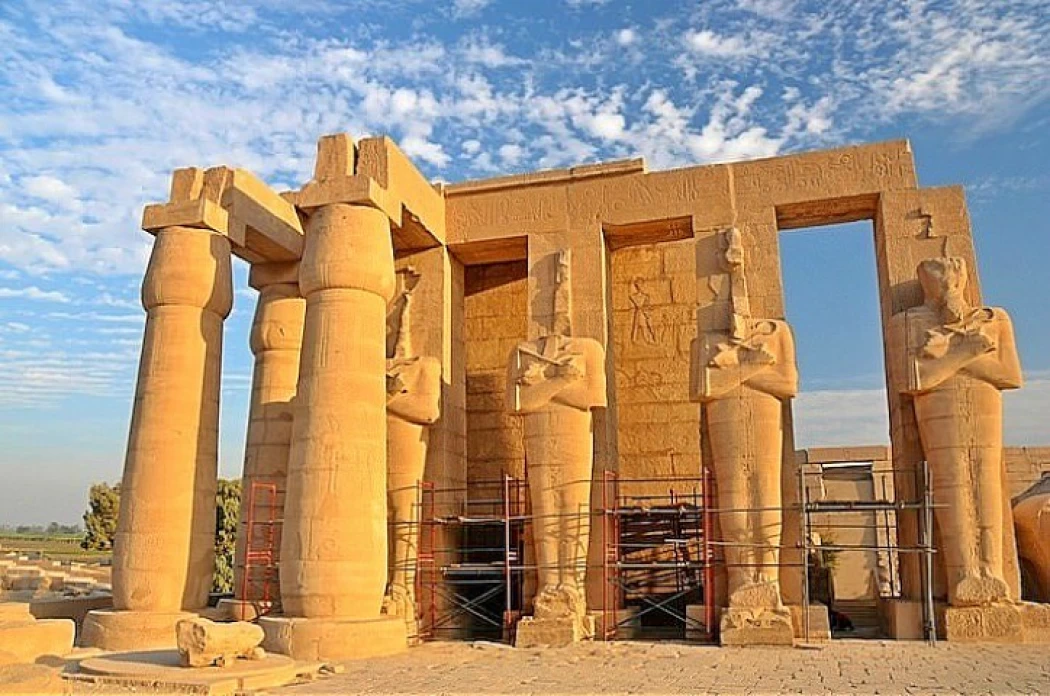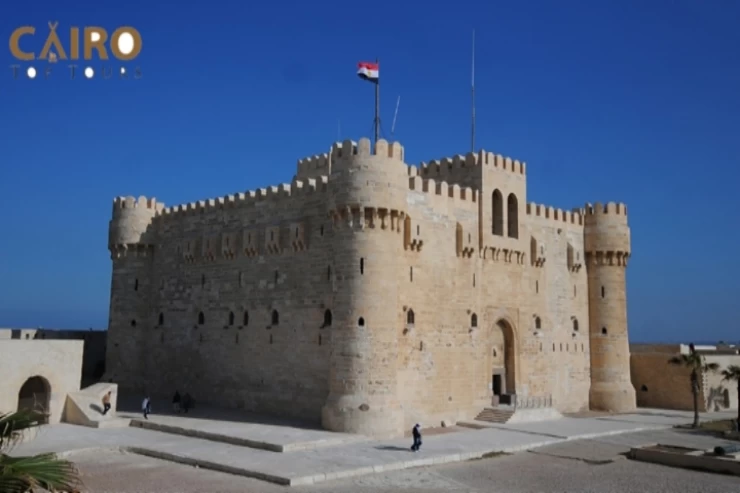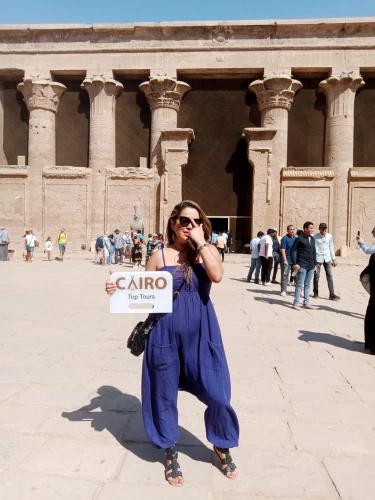
Facts about Ramesseum
Interesting Insights into Ramesseum, The Egyptian Edifice of Ramses II
Ramesseum is a colossal work of art and architectural representation of its kind, and it is situated on the west bank of the River Nile in the region close to Luxor in the country of Egypt. Building by the great Pharaoh Ramses II, known as Ramses the Great, the ramesseum functioned both as a temple and a monument in the glory of the Pharaoh’s reign. This area is replete with historical and architectural claims about ancient Egyptians. Here are some pivotal points about this strange structure:
1. The Ramesseum Was Built by Ramses II
Ramses II was the most powerful Ramses the Great and ever Egypt’s longest abdicating Pharaoh from 1279 BC to 1213 BC—for the Nineteenth Dynasty of Ancient Egypt. His reign was characterised by many of his war conquests, construction works, and endeavours to secure a portrait of him for the ages. The Ramesseum was built primarily as a funerary temple for Amun-Ra, the head deity of the ancient Egyptian gods, but it was also used to praise Ramses himself.
2. Geographical Orientation and Historical Setting
The Ramesseum is located in the Theban Necropolis on the west bank of the Nile, opposite present-day Luxor City. It is close to other renowned places like the Valley of the Kings and the Hatshepsut Temple. This area of Egypt was recognised as the religious and interment place of the kings, which was appropriate for the construction of such a grand memorial for Ramses II.
The temple complex was supposed to have both religious and commemorative purposes. It was intended not only to be dedicated to the god Amun but also to the divine essence of the king himself, for he was also worshipped during his lifetime and even after death.
3. Notable Design and Constructional Features
The Ramesseum was a colossal and expansive structure, though its majority lies in a dilapidated state today. It was constructed as an Egyptian funerary temple characterised by vast open courts, halls, and a chamber at the centre, but was unlike any other in design. Features include:
The Great Hypostyle Hall: This hall was encircled by towering columns in all corners, which held up a ceiling and protected worshippers from the sun. This construction is akin to that of the Karnak Temple hypostyle hall but in a smaller proportion.
Colossal Carvings of Ramses II: The well-known feature of the Ramesseum was a statue of Ramses II sitting on a throne that towered over 50 feet (15 meters) in height. With time, most of the statue has been destroyed, and so remnants of this superb thigh-high statue (which include a huge foot) can still be found at the site today. This statue was built considering the godly persona of Ramses II and his ever-growing influence.
4. Renowned 'Ramesseum Papyrus'
A Ramesseum papyrus was found on the premises in the 19th century. This database is from the twenty-first century and contains a piece of literature addressing the burial of one great pharaoh. This features how significant the place was to the later Egyptians, for it helped keep the memory of Ramses II, and many, many years later, the care for the existence of the pharaoh was embedded in the place.
5. The Colossus that Has Fallen
The colossal statue of Ramses II that used to be inside the inner yard of the temple is the most known item of the Ramesseum. The statue, in course of time, has also altered (most probably as a result of the earthquakes), but the pieces of it give a hint of the size and magnificence such a piece of work possessed in the past. The magnificent size of the statue, together with the workmanship carried out on it, makes it very synonymous with the period of Ramses II. One of its huge feet is still resting in the courtyard of the temple, and people can just imagine how big it is.
6. A History of Ruin and Restoration in Abundance
The Ramesseum, for instance, has suffered several alterations due to natural disasters such as primary earthquakes and also due to other factors such as the age of the structures. Despite this, the site has still been safeguarded as a relic site. Furthermore, the consequences of exposure to physical elements are quite clear in giving the cause of the Great Colossus’s demise, which however met its end when an earthquake occurred and left just rubbles.
Most of the temple’s wall surfaces, on the other hand, are still covered with vivid inscriptions and raised designs that illustrate ancient Egypt’s daily activities, warfare, and religious practices. Many of these records show the conquests of Ramses II, one of the best known of which is the engraved account of his famous Battle of Kadesh waged against the Hittite Empire.
7. The “Book of the Dead” and the Ramesseum’s Reliefs
The Ramesseum has become famous and has artistically known effectiveness through its wall carving of Ramses II in his manly form as a god and a warrior. The most fascinating relief is that of Ramses II caught in a scene of great battle with his army at the forefront. It is this carving that is believed to be the one where Ramses II sought to immortalise his glory and godliness. Within the temple were also reliefs positioned where it shows Ramses offering to the gods, joyously reinforcing his military conquests and other similar activities.
Above all, one of the widely known reliefs is that one showing Ramses II in the cosmos exalting the gods as well; this scene kept on the importance of the king and in these types of temples. This is because it is a very important characteristic of ancient Egyptian royal mortuary temples, which contained depictions of the reign of the deceased as king in the afterlife.
8. The Role of the Ramesseum in Egyptian Religion
The Ramesseum was not only the glorification of Ramses II but was also an important centre of worship. It was built for the purpose of worshipping gods in particular Amun-Ra and for honouring the dead king’s offerings and rituals. The king was conceived as an embodiment of a god in flesh, and such belief was to be firmly entrenched in the construction of the Ramesseum for ages.
9. Later Use and Decline
Functional use of Ramesseum started long after the reign of Ramses II and continued for many centuries, but by the end of the New Kingdom era (approximately, around 1070 BCE), the temple went to ruins. It was restored and used by the latter dynasties, but the fluctuations of foreign dominance have rendered the temple less relevant to society. In later years, in the era of Greco-Roman, the temple underwent pillage, and most of the temple inscriptions were either vandalised or taken away.
10. The Ramesseum in Contemporary Times
Presently, the Ramesseum is considered a significant archaeological site and a centre of attention to numerous tourists, offering astounding views of its remains and information on the history of the site. While many centuries have passed since his reign, the temple continues to uphold the great achievements of Ramses II. The towering remains of ostraca, figure carving, the decorative stonework, and a piece of the great gallery enhance the splendour of ancient Egyptian architecture.
Latest Articles
Admin
Seabourn Sojourn Cruise Stops in Safaga Port
The Seabourn Sojourn, the flagship vessel of Seabourn Cruise Line's ultra-luxury fleet, was built in 2008 at the T. Mariotti shipyard in Genoa, Italy. Measuring 198 metres, it can accommodate up to 450 guests in its 225 spacious all-suite staterooms.
Admin
Norwegian Sky Cruise Stops in Safaga Port
Norwegian Cruise Line operates a cruise ship called the Norwegian Sky. It was constructed in 1999 and can accommodate 2,004 passengers in addition to 878 crew members. The ship has several dining establishments, lounges and bars, a spa and fitness center, swimming pools, and a number of entertainment areas.
Admin
Explora II Cruise Stops in Safaga Port
Explora II, the second vessel in the Explora Journeys fleet, sets sail in 2024 to redefine luxury cruising. With 461 ocean-front suites, 9 culinary experiences, and 4 pools, this haven of sophistication and sustainability promises an unforgettable "Ocean State of Mind" journey to inspiring destinations.
Admin
Mein Schiff 6 Cruise Stops in Safaga Port
The Mein Schiff 6 is the latest cruise ship in the renowned TUI Cruises fleet, offering passengers a luxurious and sophisticated cruise experience. At 315 metres long, this floating resort features a range of dining options, entertainment, and recreational facilities, including a spa, fitness centre, and sports amenities.
Admin
Mein Schiff 4 Cruise Stops in Safaga Port
When the Mein Schiff 4 cruise ship docks in Safaga, Egypt, passengers are granted access to a realm of ancient wonders. Aboard this state-of-the-art vessel, guests can embark on meticulously curated shore excursions that showcase the region's most iconic landmarks, including the Giza Pyramids, the enigmatic Sphinx, and the remarkable tombs and temples of the Valley of the Kings in Luxor.
Admin
MS Europa Cruise Stops in Safaga Port
The Silver Moon, Silversea's latest flagship, is a luxury cruise ship that offers an exceptional travel experience for Venezuelans exploring Egypt. With a capacity of 596 guests and an impressive 40,700 gross tonnes, the Silver Moon maintains the small-ship intimacy and spacious all-suite accommodations that are the hallmarks of the Silversea brand.
















